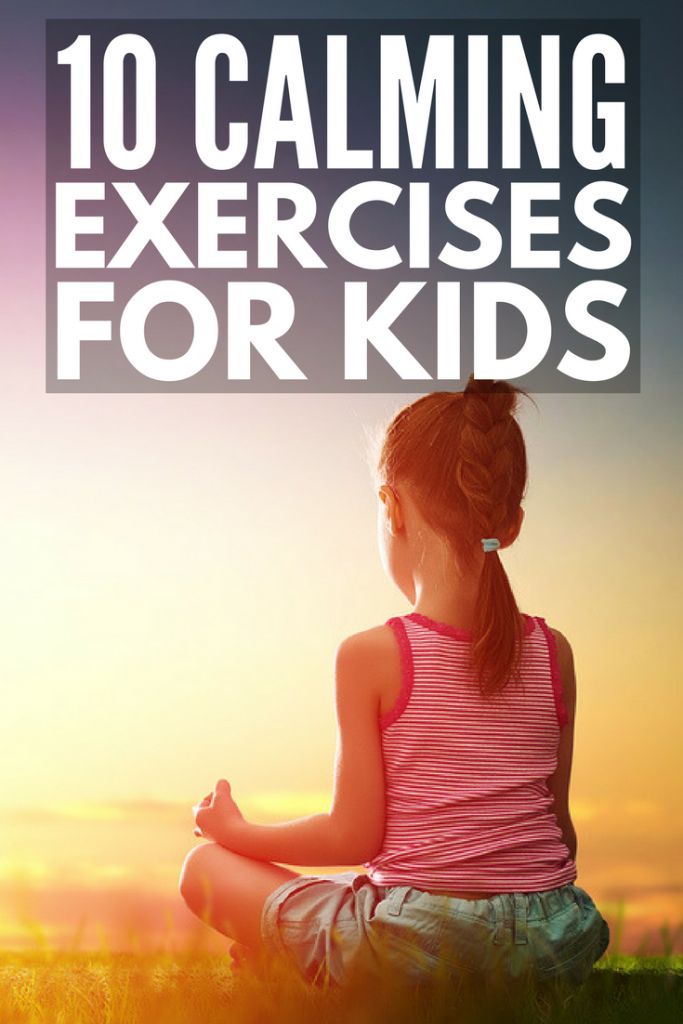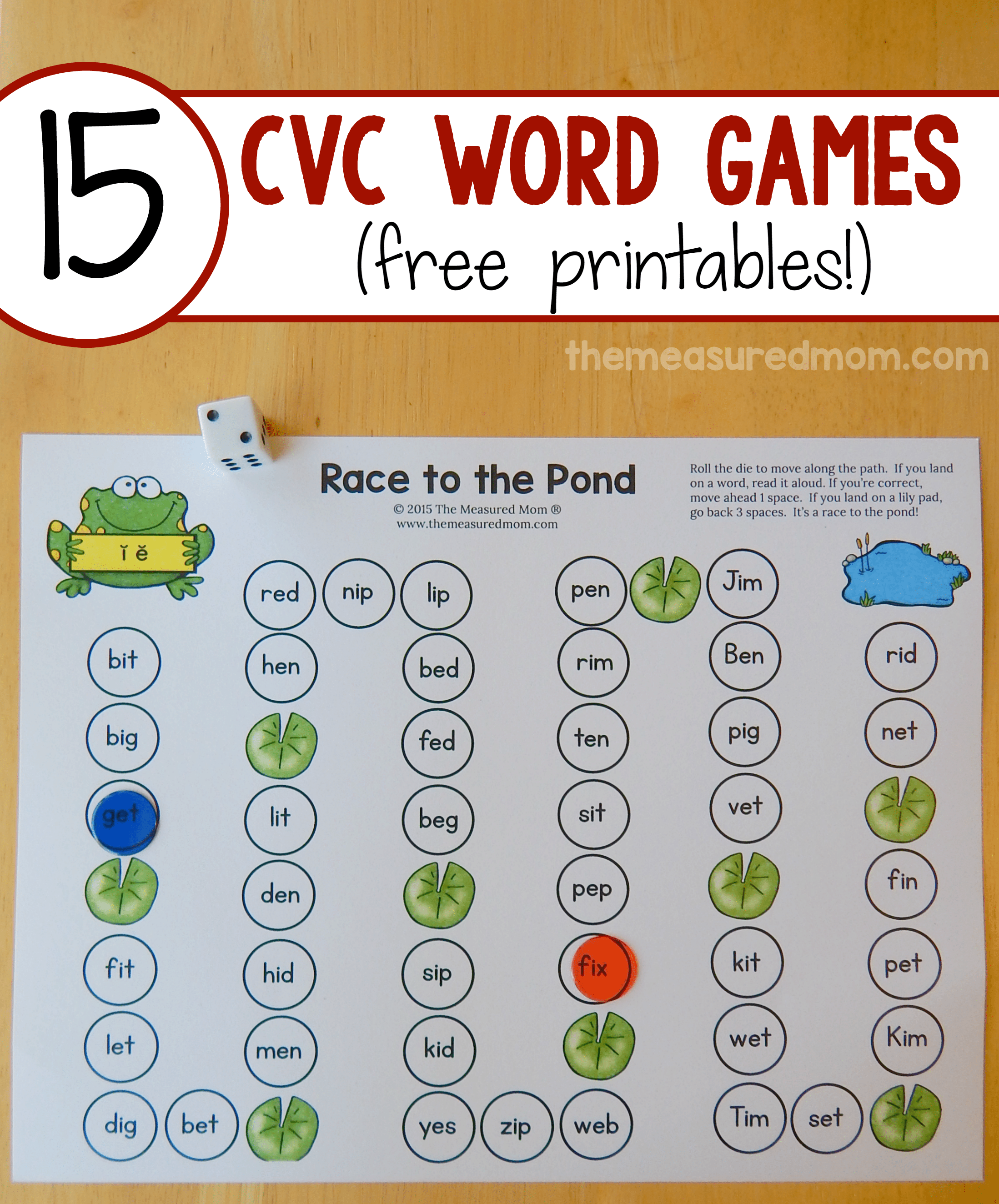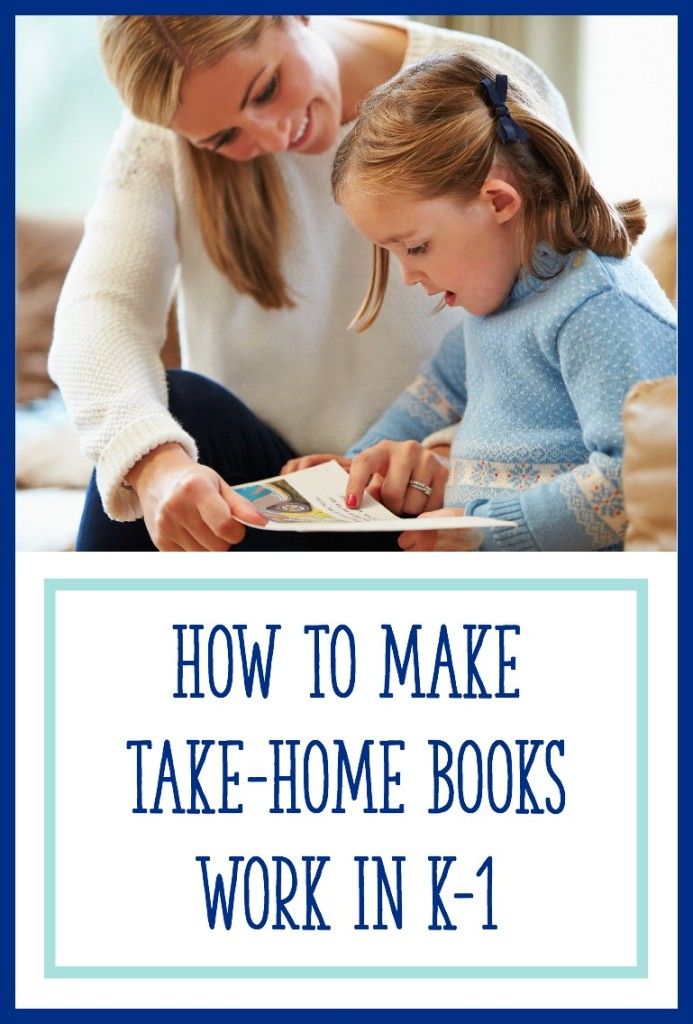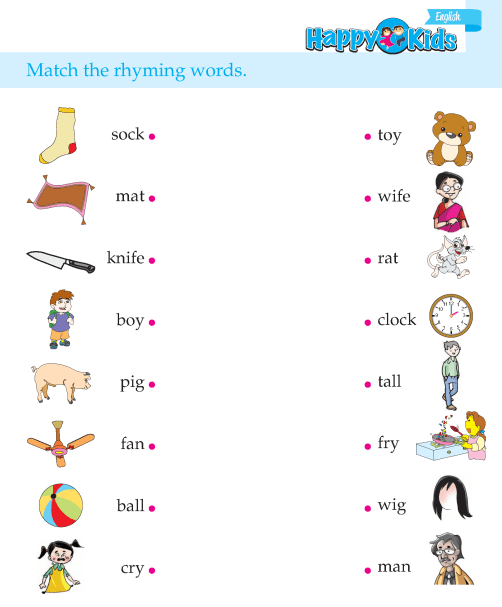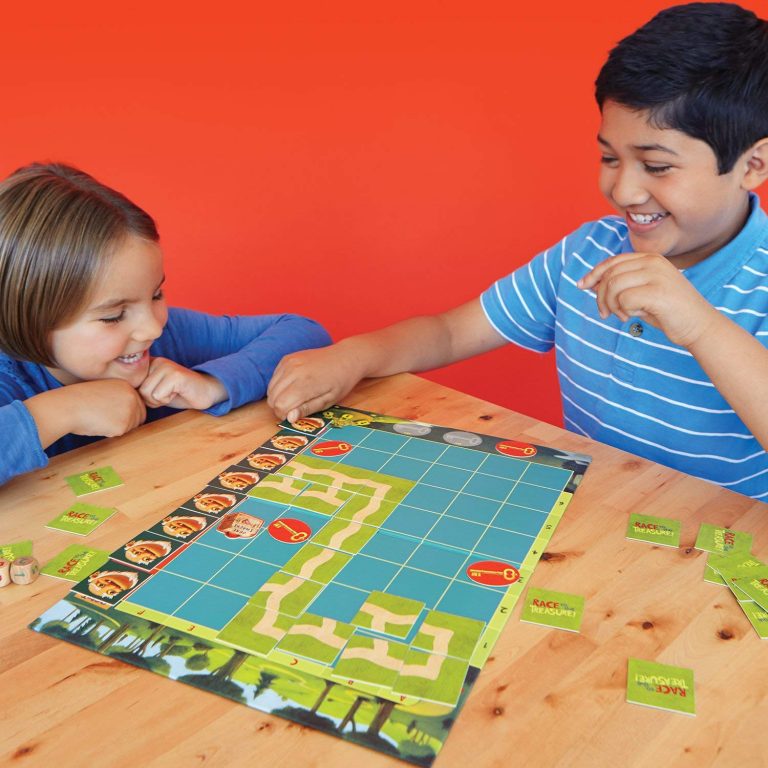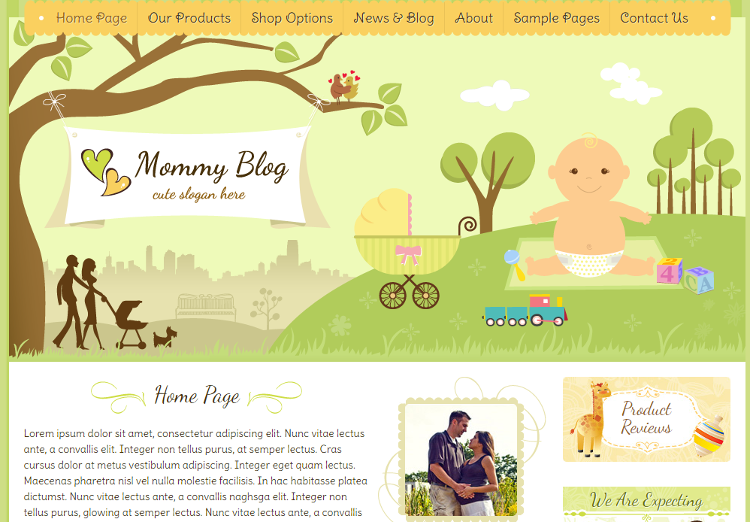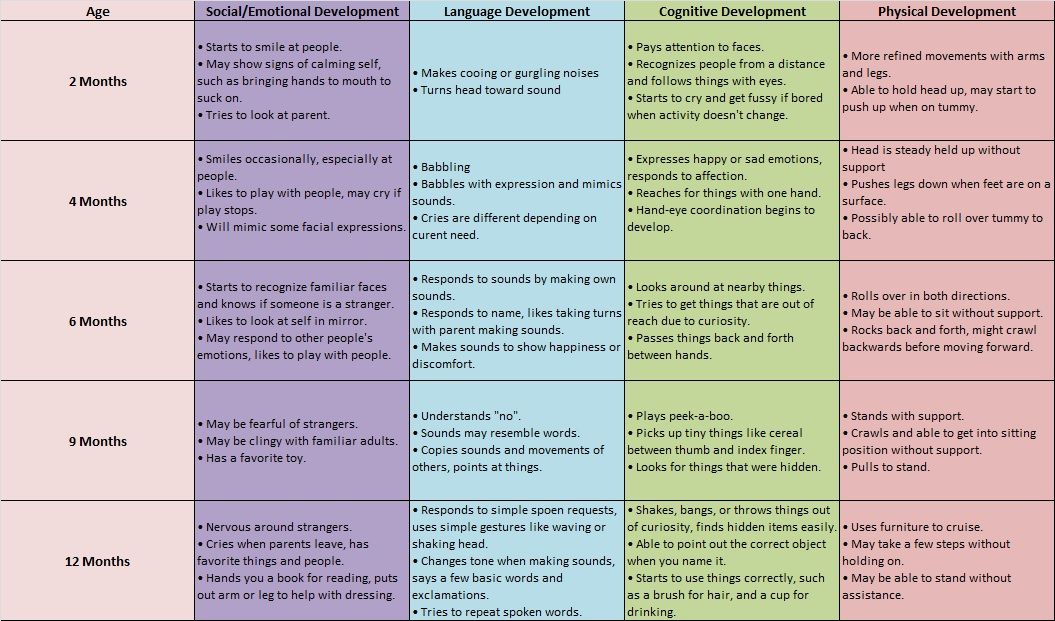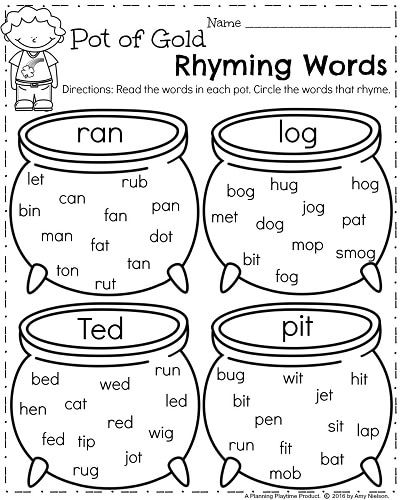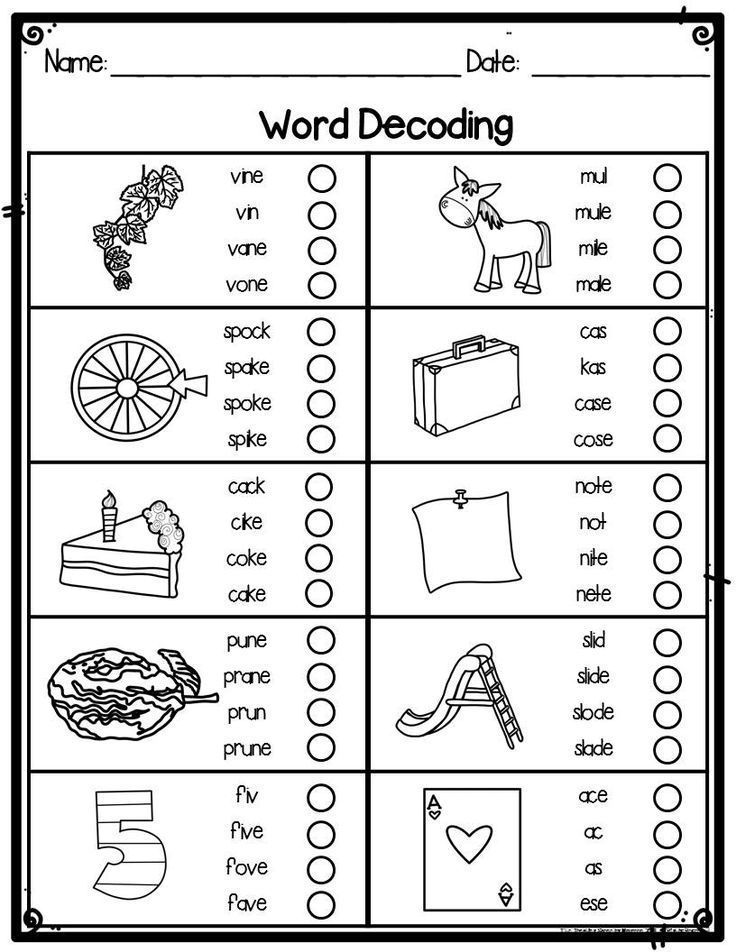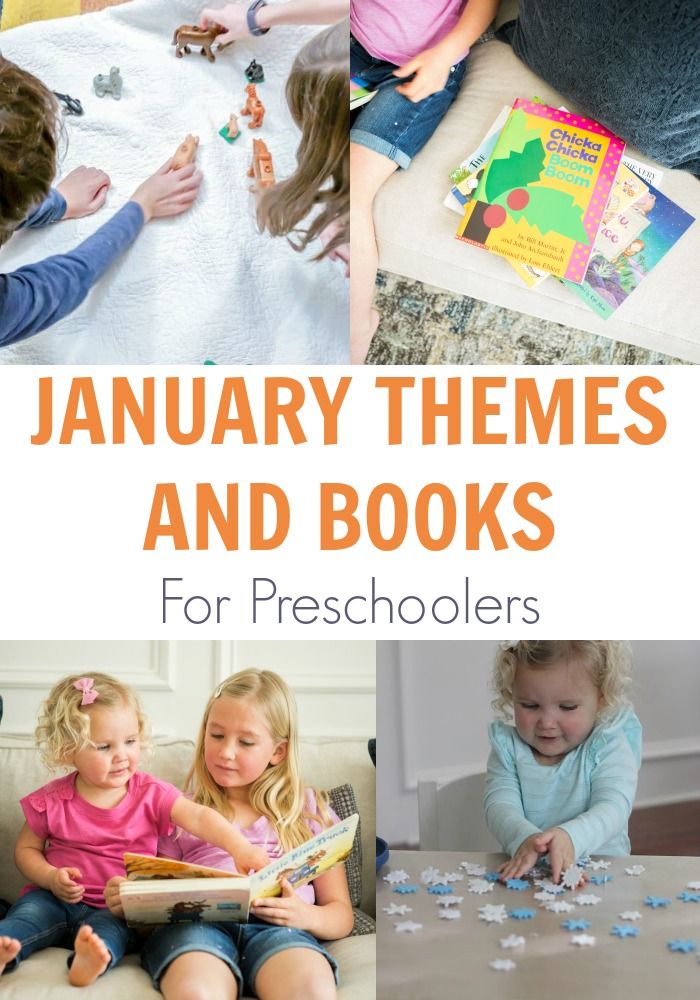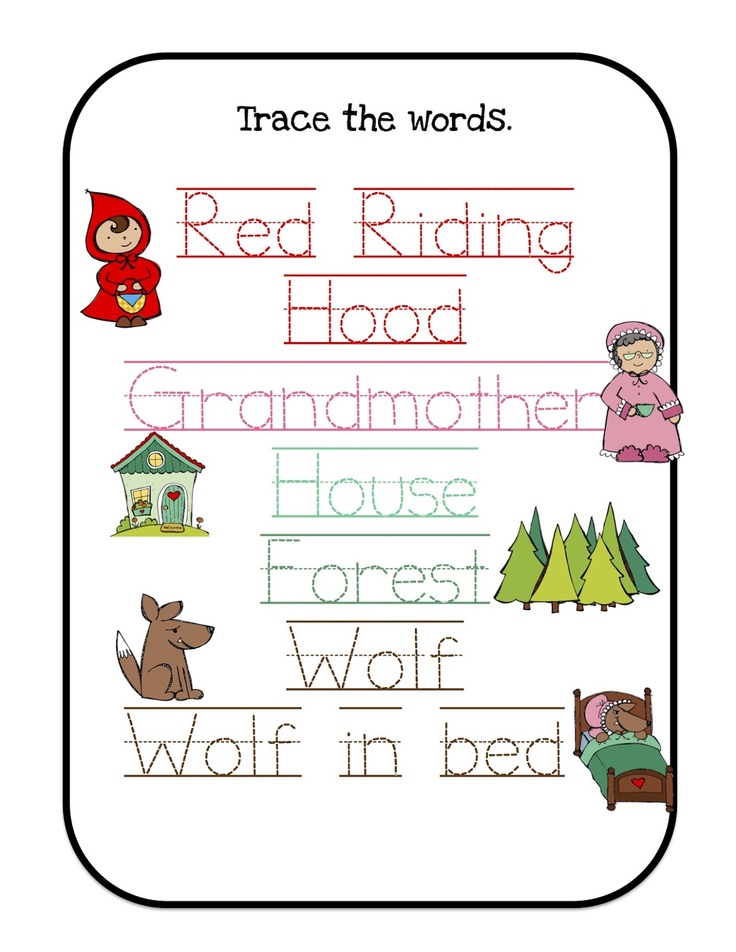Teach children to meditate
How to Teach Your Kids to Meditate — The Family Academy
It was the end of the day, and he was tired and hungry. Coming home from a long day at school and afterschool daycare depleted him. He had no patience, no need for more stimulation and was undoubtedly ready for dinner.
But dinner was not ready, and there was still homework to do.
“Honey, please take off your coat, empty your lunch kit and wash your hands,” I said as I always do the moment he walks through the door.
“NO! I don’t love you. You’re stupid!” He mutters.
“We don’t say those things. Please just do those few things quickly and then we can sit and practice our letters” I explain.
“NO...that’s stupid!” he screams, then runs off to his room.
This was a constant battle with him. Every day it was like walking on eggshells. Will he be happy? Will he be grumpy? How was his day? I never knew.
I was up in arms at this point, confused as to how we help our little guy manage his emotions. We read blog post after blog post written by some of the top child psychologists even emailed some of those professionals. We read the books, listened to the podcasts, but nothing was working. Then we started our own method in teaching him self-regulation. The two things we did, to start, were:
1- Learning how to take deep breaths when he got upset/confused
2 - Excusing himself to go to his quiet space to recuperate
So we decided on creating his own ‘quiet time,’ which really is just alone time in his room when he needs to get away (not a timeout), and we implemented nightly meditations (key to teaching breathing techniques on a whole other level.)
At first, it was a challenge. My two boys found it boring and couldn't sit still. They wanted to read a book instead. But after a few weeks, it became a part of our nightly routine so much so that we didn't even have to remind ourselves to do it.
Why meditate at night? Because you can get your kid to do anything before bed as long as it means they don’t have to go to bed ;) We used a couple kids meditation apps (5 minutes or less) and, as they started to see the pattern, they began doing their own guided meditations (so cute!)
This added step to our nightly routine, plus a couple other behavior adaptations thanks to the Kazdin Method, has dramatically improved his mood and emotion management on a daily basis.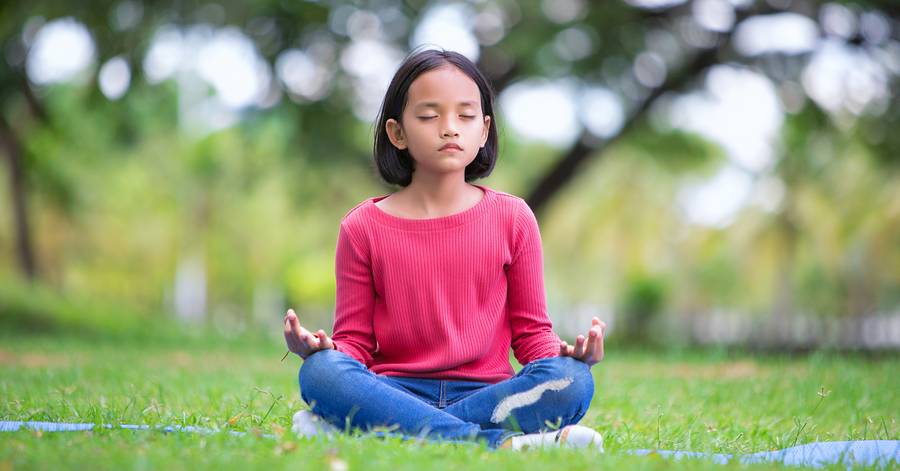 He is more delightful, patient and, when his tantrums do occur, they are shorter, less aggressive and he can now self-sooth.
He is more delightful, patient and, when his tantrums do occur, they are shorter, less aggressive and he can now self-sooth.
Note: A little caution in teaching your kids to meditate: they will not sit still for very long, especially when first starting out or dependent on their age. Let them wiggle, move around, even keep their eyes open if they must. It’s all in practice (and in good time) that they, and you, will achieve a better meditation practice.
Now, here are six steps to teaching your kids how to meditate:
1 - Create an Oasis of Calm
The science behind meditation proves its benefits, and even in young kids. Studies have also linked mindfulness to better concentration, increased focus, and boosts of memory. A school in West Baltimore started implementing daily meditation in place of detention in their new “Mindful Moment Room.” This room is warm, brightly lit with purple rugs, pillows, yoga mats, and essential oils. Not something you see in any typical elementary school, but with the help of the school and some happy teachers, the room has become a happy replacement for a room that otherwise made a child feel defeated.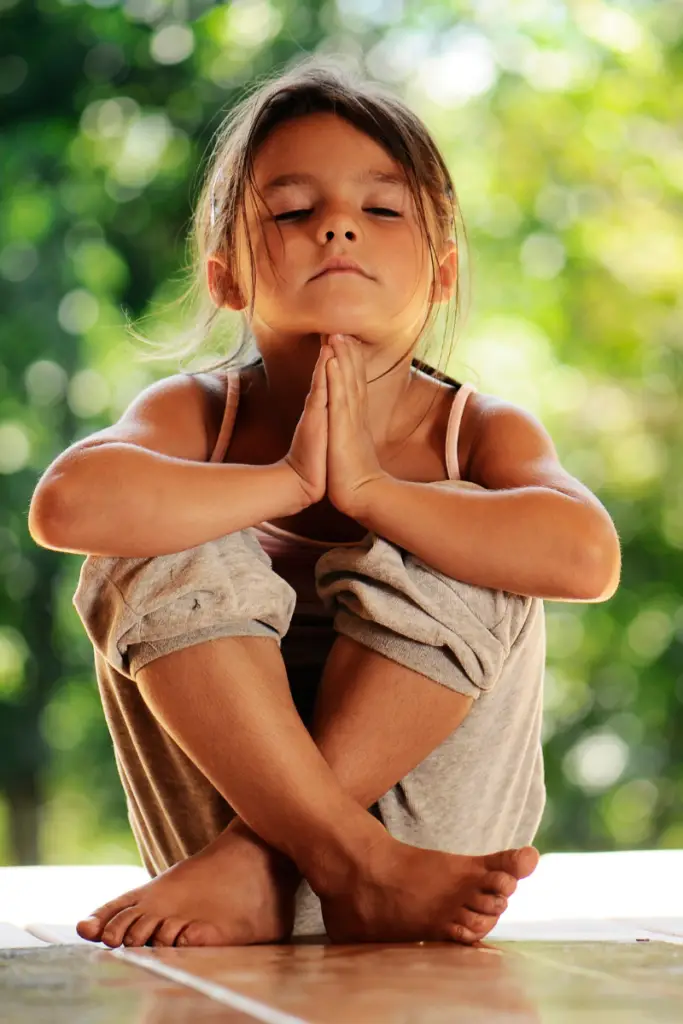
"When we sit with pain or discomfort rather than act on it, we learn that feelings and sensations come and go. We don't necessarily need to act on them all. We have a chance to pause and make a thoughtful choice about how to respond”, explains Tamar Mendelson, an associate professor at the Johns Hopkins Bloomberg School of Public Health who specializes in mental health. Schools and daycares are places filled with stimuli which can be tough for smaller kids to manage. They react and can become defiant, aggressive, and even bully others to get their way. Many kids come from a high-stress environment and throwing them into a daily battle of learning versus surviving, can be depleting. But in teaching kids how to manage their emotions through meditation can calm them, even in the toughest of situations.
Create a calming room in your house or a safe place for them to go when they feel wound up. Use that space to teach your kids about meditation and have them make it their own space.
2 - Lead By Example
Does something your kid say ever stop you in your tracks and make you think “That sounds like something I would say!” It’s because they mirror your behaviors. Which is perfect in teaching them how to meditate. You need to develop your own meditation practice and then explain to your children the way. Take time in front of them, even for just five minutes a day, to meditate. Let them crawl over you or sit in your lap, it doesn’t matter. The more they see you practicing stillness, the more they will want to join in. Once they build that curiosity and become interested in what you’re doing, you’ll have yourself a meditation buddy.
3 - Focus on Breathing First
It’s easy to get carried away with storytelling (mentioned below) or other things that will help our children learn how to meditate, but the most important thing of all is the breath. The breath is the starting and finishing point for any type of meditation. It is our anchor as it is carried with us all day long.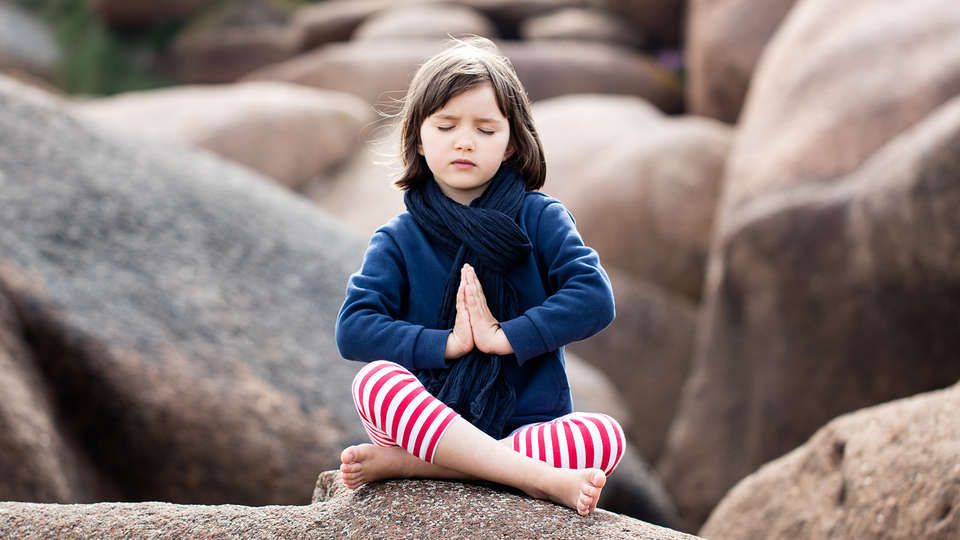 Children can quickly learn this too by noticing how their body changes when they breathe; the chest goes up and down as they inhale, then exhale. While they focus on that, their mind is on their breath and not anything else. Aha! The first success in meditation.
Children can quickly learn this too by noticing how their body changes when they breathe; the chest goes up and down as they inhale, then exhale. While they focus on that, their mind is on their breath and not anything else. Aha! The first success in meditation.
4 - Make it Relatable
We use a couple children’s apps that have great storytelling that keeps them interested. My favorite is Mindfulness for Children. It has various meditations from something as short as 4:30 minutes up to 20 + minutes. We don’t always get through the whole meditation, stopping when we feel relaxed and rested, but it works for us and the techniques they have learned they have quickly implemented in real life.
If you’re not into apps (keeping electronics out of the room may be important for you), then grab a couple books on the matter, like Breathe Like a Bear, I Can Handle It, What Does It Mean to Be Present, or A Handful of Quiet. The point is, make them want to do it, make it exciting, but most importantly, make it relatable.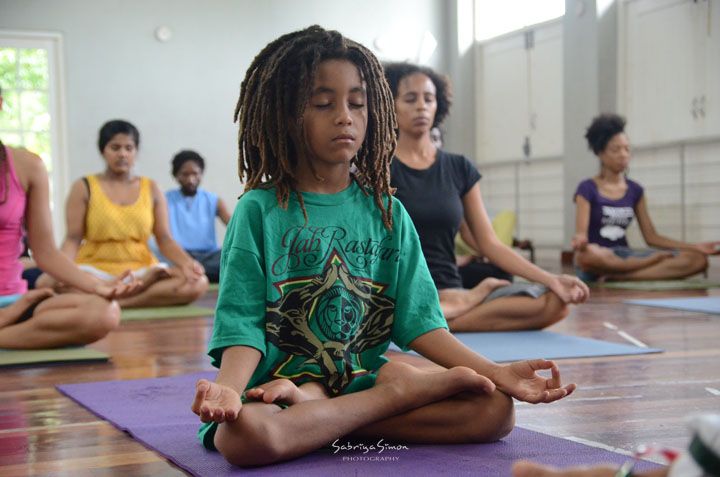
5 - Set a Timer
If you can’t get your 4-year-old to sit still during her favorite TV show, then how will you get her to stay calm during a 5-minute meditation? The idea is to start with a short time period and set a timer. The apps that we use have short meditations, but if you want just to practice a breathing technique or silence, then I would suggest using a timer, so they know it will eventually end :)
We use the Miracle TimeCube for this (and other routine tasks like brushing teeth, getting dressed and even eating dinner.)
6 - If All Else Fails, Tell Them a Made up Story
When we first started meditating as a family, it was tough to slog. The boys, then 3 and 4, couldn't sit still for 10 seconds. So I started by laying with them in on one their beds, telling them to relax and breath and I would start by telling a story.
The character (a bear) at some points throughout the story had to stop and take a few deep breaths, and I’d ask them “can you do the same? Can you breath deeply like the bear?” And they would.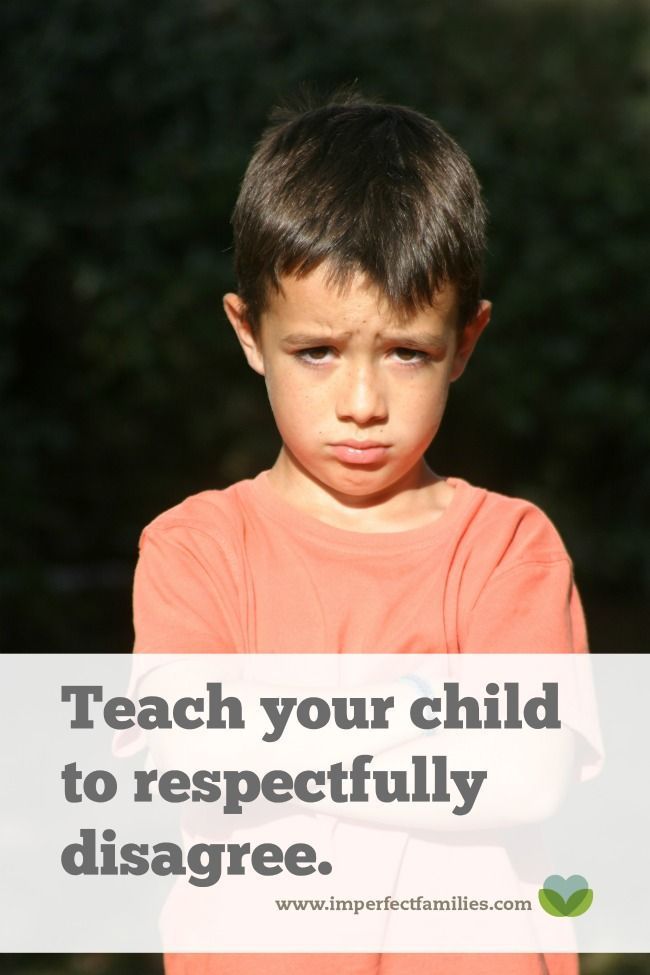 We did it often enough that they were unconsciously practicing a deep breathing technique. The bear wandered on the beach, pausing for a moment to soak in the sunshine, taking in deep breaths as he relaxed. I would tell the boys to imagine them being like the bear, laying on the beach.
We did it often enough that they were unconsciously practicing a deep breathing technique. The bear wandered on the beach, pausing for a moment to soak in the sunshine, taking in deep breaths as he relaxed. I would tell the boys to imagine them being like the bear, laying on the beach.
“Now breath in and out 3 times like the bear.”
(pause).
“Now imagine the sun on your skin and the sand in your toes. Are you relaxed?”
(They’d answer)
“Are you excited?”
(They’d reply).
Gently speaking as you begin your meditation practice is ok. Let your kids interact and ask questions, but remind them that the moment is really about being quiet, being still and focusing on our breath.
Meditation can be difficult to conquer. It’s tough enough for adults, let alone squirmy little ones. But the more you do it, and the more you make it an integral part of your routine, the better you will all become. Pencil it into your daily practice, maybe in the morning when you all first wake up, or right before bed as we do.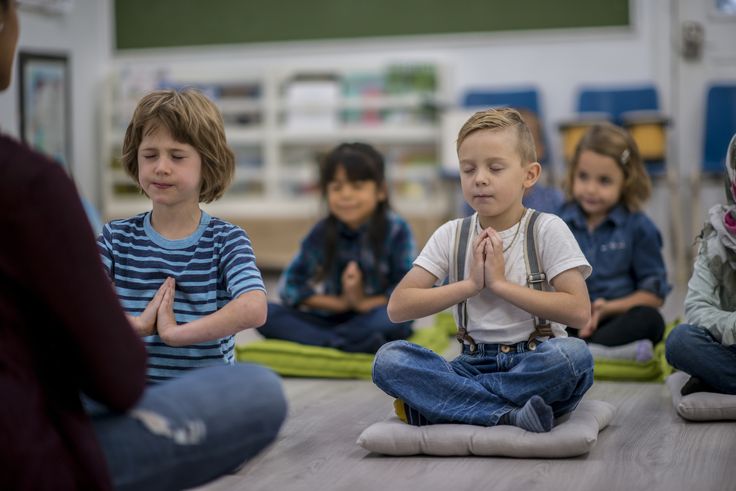 It really doesn’t matter when you do it, especially when you’re first starting out. What matters is that you do it together, daily.
It really doesn’t matter when you do it, especially when you’re first starting out. What matters is that you do it together, daily.
Bonus: Get the Course!
My friend Heather Chauvin created THE course on teaching your kids to meditate. Check it out here: Teach Your Kid to Meditate.
7 Tips to Teach Children Mindfulness & Meditation
And here's the thing: Even if kids don't fully understand the "what" and "why" of mindfulness, it's very important they start learning the "how." Research shows that mindfulness education in schools has proven benefits: it increases optimism and happiness in classrooms, decreases bullying and aggression, increases compassion and empathy for others and helps students resolve conflicts.
Feel free to try these at home!
1.
The Bell Listening Exercise
Ring a bell and ask the kids to listen closely to the vibration of the ringing sound. Tell them to remain silent and raise their hands when they no longer hear the sound of the bell.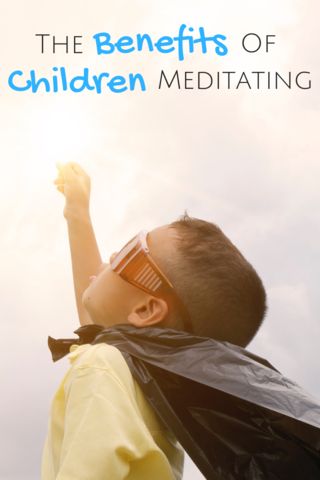 Then tell them to remain silent for one minute and pay close attention to the other sounds they hear once the ringing has stopped. After, go around in a circle and ask the kids to tell you every sound they noticed during that minute.
Then tell them to remain silent for one minute and pay close attention to the other sounds they hear once the ringing has stopped. After, go around in a circle and ask the kids to tell you every sound they noticed during that minute.
This exercise is not only fun and gets the kids excited about sharing their experiences with others, but really helps them connect to the present moment and the sensitivity of their perceptions.
2.
Breathing Buddies
Hand out a stuffed animal to each child (or another small object). If room allows, have the children lie down on the floor and place the stuffed animals on their bellies. Tell them to breathe in silence for one minute and notice how their Breathing Buddy moves up and down, and any other sensations that they notice.
Tell them to imagine that the thoughts that come into their minds turn into bubbles and float away. The presence of the Breathing Buddy makes the meditation a little friendlier, and allows the kids to see how a playful activity doesn't necessarily have to be rowdy.
Advertisement
This ad is displayed using third party content and we do not control its accessibility features.
3.
The Squish & Relax Meditation
While the kids are lying down with their eyes closed, have them squish and squeeze every muscle in their bodies as tightly as they can. Tell them to squish their toes and feet, tighten the muscles in their legs all the way up to their hips, suck in their bellies, squeeze their hands into fists and raise their shoulders up to their heads.
Have them hold themselves in their squished up positions for a few seconds, and then fully release and relax. This is a great, fun activity for "loosening up" the body and mind, and is a totally accessible way to get the kids to understand the art of "being present."
4.
Smell & Tell
Pass something fragrant out to each child, such as a piece of fresh orange peel, a sprig of lavender or a jasmine flower. Ask them to close their eyes and breathe in the scent, focusing all of their attention only on the smell of that object. Scent can really be a powerful tool for anxiety-relief (among other things!).
Scent can really be a powerful tool for anxiety-relief (among other things!).
Advertisement
This ad is displayed using third party content and we do not control its accessibility features.
5.
The Art Of Touch
Give each child an object to touch, such as a ball, a feather, a soft toy, a stone, etc. Ask them to close their eyes and describe what the object feels like to a partner. Then have the partners trade places. Both this exercise and the previous one are simple, but compelling, ways to teach the kids the practice of isolating their senses from one another, and tuning into distinct experiences.
6.
The Heartbeat Exercise
Have the kids jump up and down in place for one minute. Then have them sit back down and place their hands on their hearts. Tell them to close their eyes and feel their heartbeats, their breath, and see what else they notice about their bodies.
Advertisement
This ad is displayed using third party content and we do not control its accessibility features.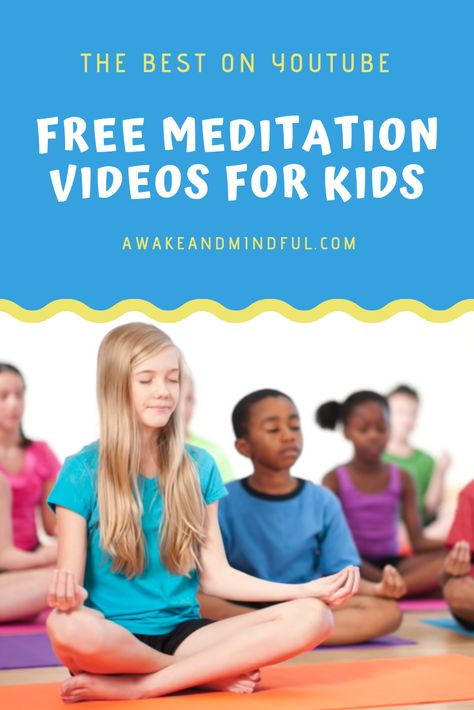
7.
Heart-To-Heart
In this exercise, the meaning of "heart" is less literal. In other words, this activity could also simply be called "Let's talk about feelings." So sit down and casually, comfortably ask the children to tell you about their feelings. What feelings do they feel? How do they know they are feeling those feelings? Where do they feel them in their bodies? Ask them which feelings they like the best.
Then ask them what they can do to feel better when they aren’t feeling the feelings they like best. Remind them that they can always practice turning their thoughts into bubbles if they are upset, they can do the Squish and Relax Meditation if they need to calm down, and they can take a few minutes to listen to their breath or feel their heartbeats if they want to relax.
The takeaway.
My hope for the mindfulness class was to give the kids some tools they can use anytime: tools to calm down, slow down and feel better when they are troubled.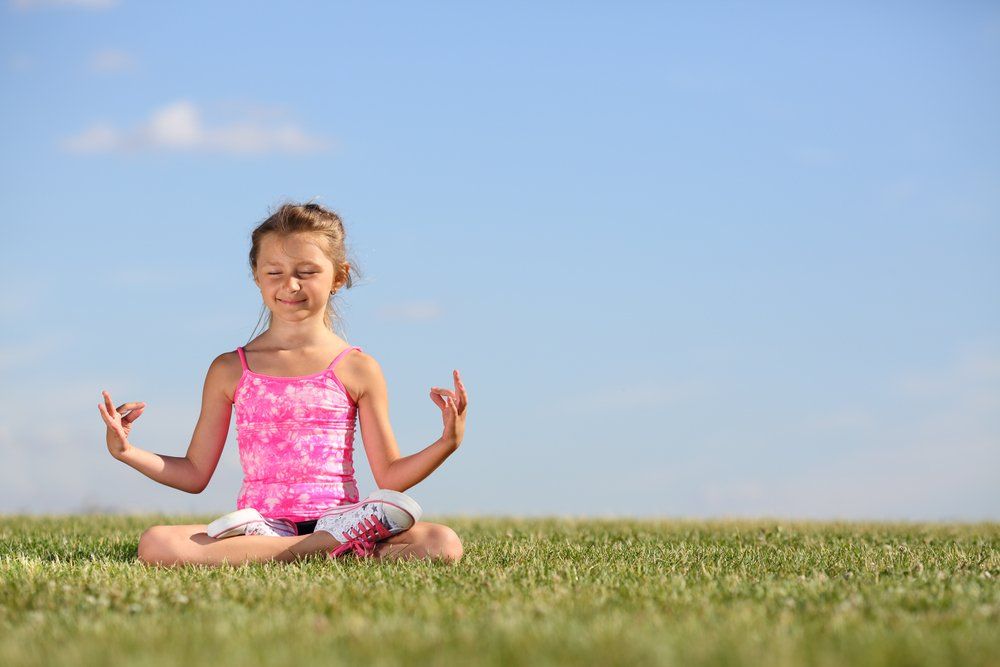 I sure wish I had these tools at my disposal when I was their age. Imagine if all the children around the Earth learned to use these tools during their childhoods. What a change our world would experience within just one generation!
I sure wish I had these tools at my disposal when I was their age. Imagine if all the children around the Earth learned to use these tools during their childhoods. What a change our world would experience within just one generation!
Advertisement
This ad is displayed using third party content and we do not control its accessibility features.
A Parent's Guide to Helping Their Children
Today's youth experience anxiety and stress. Much more than it should. According to recent statistics published by the American Academy of Pediatrics,
Up to 30 percent of children and young adults will experience an anxiety disorder in their lifetime.
Parents and other caregivers should teach our children good stress-reducing habits and introduce them to mindfulness activities that help them grow, support mental health, develop self-control and self-esteem, and reduce anxiety.
One of the best ways to do this is through meditation.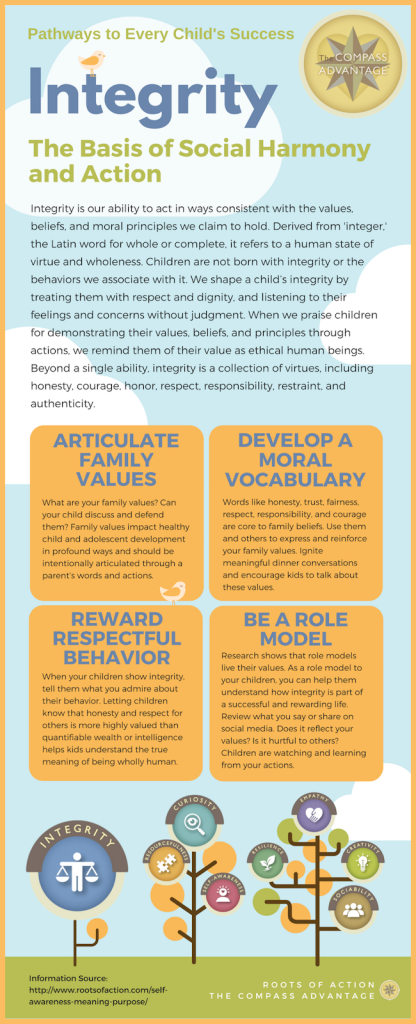 We cover everything you need to know about meditation for kids, including what the practice looks like, how to teach it, and why it works. While teaching mindfulness to children may seem like a daunting task for parents or teachers who want to improve the well-being of their children, once you understand what mindfulness and meditation practice is, everything becomes much easier.
We cover everything you need to know about meditation for kids, including what the practice looks like, how to teach it, and why it works. While teaching mindfulness to children may seem like a daunting task for parents or teachers who want to improve the well-being of their children, once you understand what mindfulness and meditation practice is, everything becomes much easier.
Overview: Meditation for Kids
In some ways it is not surprising that children develop stress disorders early. We live in a sensory world. There are real threats, and the unknown can be scary. Today's children suffer from attention spans and an inability to concentrate while studying, in the classroom, or even at play.
It is tempting to think that you can protect your children from all the fears and stresses throughout their lives; the best answer is to explain how to deal with difficult times. Children's meditation can help them with this.
Establishing a solid meditation practice at an early age is a good intention for your children and for yourself as parents and educators.
Whether it's deep breathing exercises, guided meditations, sleep stories, yoga, or any other mindfulness-based intervention, there's no doubt that children of all ages will benefit from mindfulness training from an early age.
Diagnosis of anxiety and behavioral disorders in children has increased dramatically.
Now let's define what meditation is?
For both children and adults, meditation is a practice that can bring great joy and comfort to your life. Although it can be difficult to define meditation in one sentence, in general it can be said that meditation is a mind-body practice that trains mindfulness and focus.
There are many benefits to meditation. For example, it helps to improve concentration, calm frayed nerves, relieve stress, help with self-comfort, and promote happiness. All these benefits are available to both children and adults.
Can children meditate?
Yes! Although a child's meditation will not look the same as an adult's meditation, the basic foundations of the practice remain. Children, for example, may benefit from guided imagery. Their duration may be shorter. And, of course, it is very important to choose meditation for the child. Some, for example, do not tolerate sitting meditation for more than a few minutes very well. However, they are fine with meditating while walking outdoors, mental painting, telling sleep stories in a soothing voice, or even listening to audio recordings as guided meditations.
Children, for example, may benefit from guided imagery. Their duration may be shorter. And, of course, it is very important to choose meditation for the child. Some, for example, do not tolerate sitting meditation for more than a few minutes very well. However, they are fine with meditating while walking outdoors, mental painting, telling sleep stories in a soothing voice, or even listening to audio recordings as guided meditations.
Mantra meditation can spark curiosity in older children as it requires
extra attention and patience, but can be a great option if your children are willing to dive deeper into
Why is meditation important for children?
Up to 30% of young people develop anxiety disorders.
- American Academy of Pediatrics
Children are not immune from the stresses of life. In recent years, the number of diagnosed anxiety and behavioral disorders in children has increased dramatically.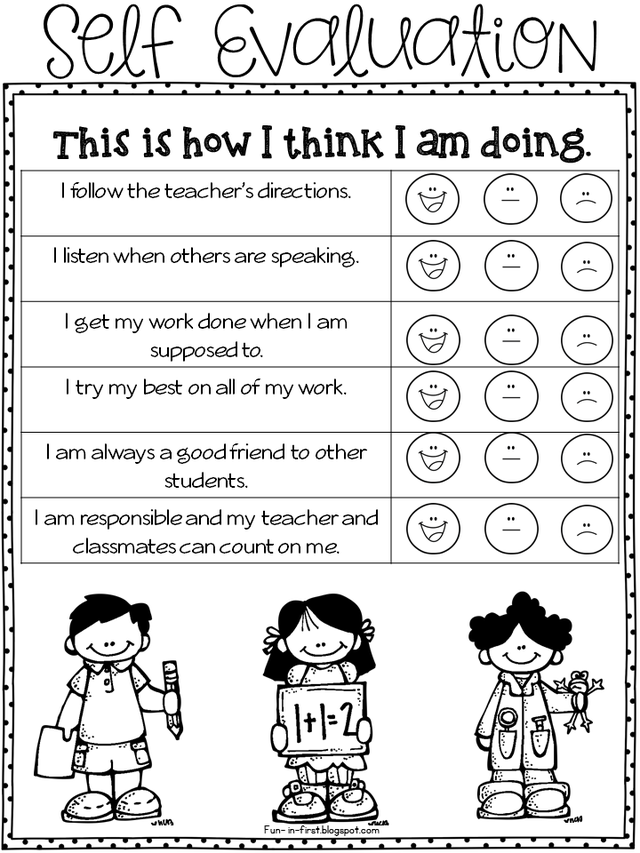 These include attention deficit disorder (ADD), attention deficit/hyperactivity disorder (ADHD), and obsessive-compulsive disorder. First, it tells us a few things as our understanding of how conduct disorders manifest in children grows. Second, rates of diagnosis are rising as children are tested and diagnosed with these disorders. In other words, today's children are not necessarily more stressed than children of the past. However, it also tells us that children are more prone to anxiety and stress than we previously thought. As parents, we must be vigilant and help our children cope with stressful situations in life and instill self-care in their lives from an early age.
These include attention deficit disorder (ADD), attention deficit/hyperactivity disorder (ADHD), and obsessive-compulsive disorder. First, it tells us a few things as our understanding of how conduct disorders manifest in children grows. Second, rates of diagnosis are rising as children are tested and diagnosed with these disorders. In other words, today's children are not necessarily more stressed than children of the past. However, it also tells us that children are more prone to anxiety and stress than we previously thought. As parents, we must be vigilant and help our children cope with stressful situations in life and instill self-care in their lives from an early age.
Can meditation help children cope with stress?
Yes. Fortunately, meditation can help calm the symptoms associated with problematic disorders. Children's meditations have the same effects as adults' practice. Even short, simple meditations for beginners can have amazing benefits. A recent study in the Journal of Positive Psychology found that just 15 minutes of meditation has the same positive impact as a full day of vacation.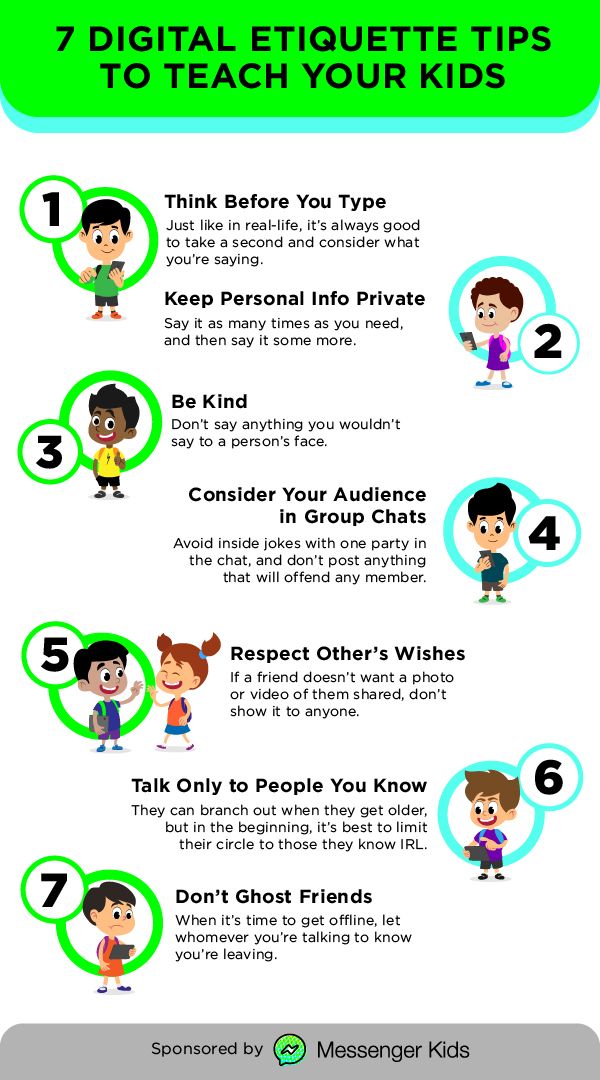
Meditations for children
-
Guided Meditation for Children: Live or recorded guided meditation during which the instructor gives instructions for the meditation session.
-
Sleep Meditation: These meditations are gentler and more soothing. Often, meditations are accompanied by music, they calm the mind and prepare the body for sleep.
-
Mindfulness Meditation: Meditation and mindfulness just go together. Mindfulness meditation means awareness (full attention) to the present moment instead of focusing on the past or the future.
Benefits of meditation for children
Children can learn through meditation:
1. How to breathe correctly.
Many people learn to breathe incorrectly (shallow) in childhood. Meditation can help develop proper breathing skills. Deep breathing helps focus and relax, which teens, children, and even young adults may not be aware of and express in their own way.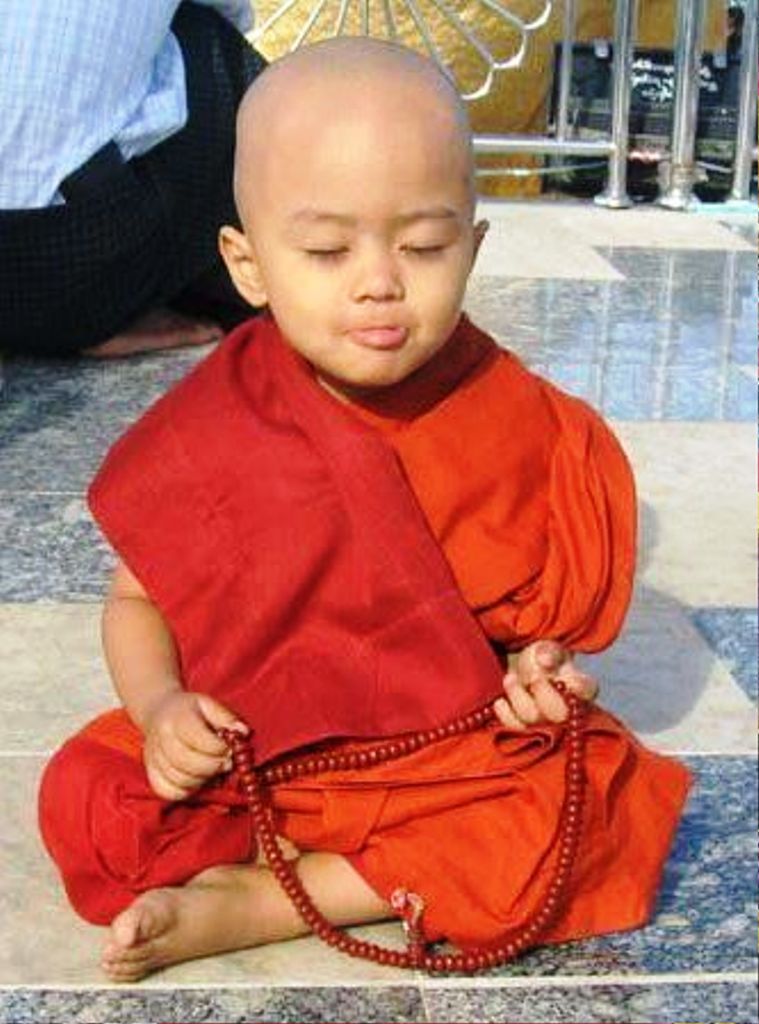
2. How to deal with stress and anxiety.
Meditation helps to re-adjust the mind and calm the hectic thoughts and harsh, stressful emotions.
3. Better focus.
Mindfulness meditation, in particular, can be helpful in improving concentration. This is because staying in the present requires significant attention and awareness.
4. How to calm down and regulate difficult emotions.
Children often experience strong emotions and do not know how to calm down. Meditation helps center the mind and provides a soothing cushion for difficult emotions. If your child loves music, consider downloading a meditation that includes children's music. The audio recording can be turned on before bedtime or in the morning when the child is getting ready to start their day.
5. How to sleep better.
If you want to use bedtime meditation for kids, this is a great idea. Children's bedtime meditation can help alleviate some of the problems they face while resting.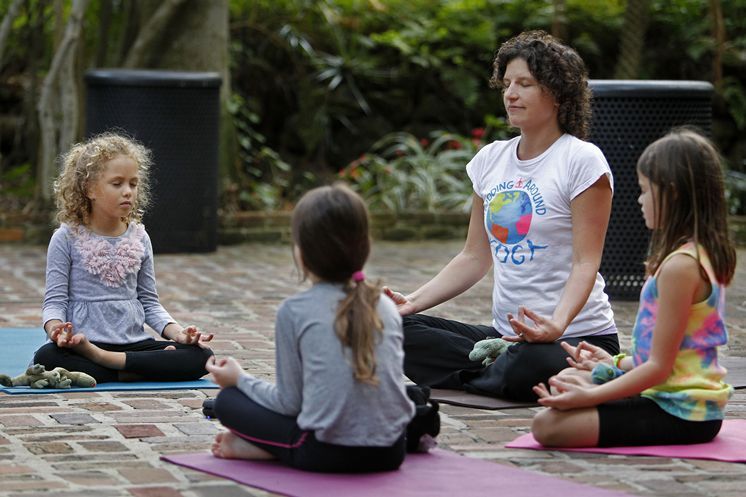 Many children feel too anxious, scared, or energetic to properly prepare for bed at night. Meditation before bed is a great remedy for a wandering mind.
Many children feel too anxious, scared, or energetic to properly prepare for bed at night. Meditation before bed is a great remedy for a wandering mind.
Teaching children guided meditation is easier than you think
There is no wrong way to teach a child to meditate. But here are some tips:
1. Start small. Even five or ten minutes of meditation is better than no meditation at all. Before the start of the school day, sit in a quiet place (perhaps even in the car when you drive the children to school) and dedicate time to meditation practice.
2. Try family meditation. Meditation can be a wonderful experience for all family members, including children. This is a great way to bond with your child and build more trust and intimacy.
If you have never meditated before, ask an instructor for a quick start session.
3. Don't worry about the details. It is natural for someone to giggle, move, or be distracted and restless in body and mind.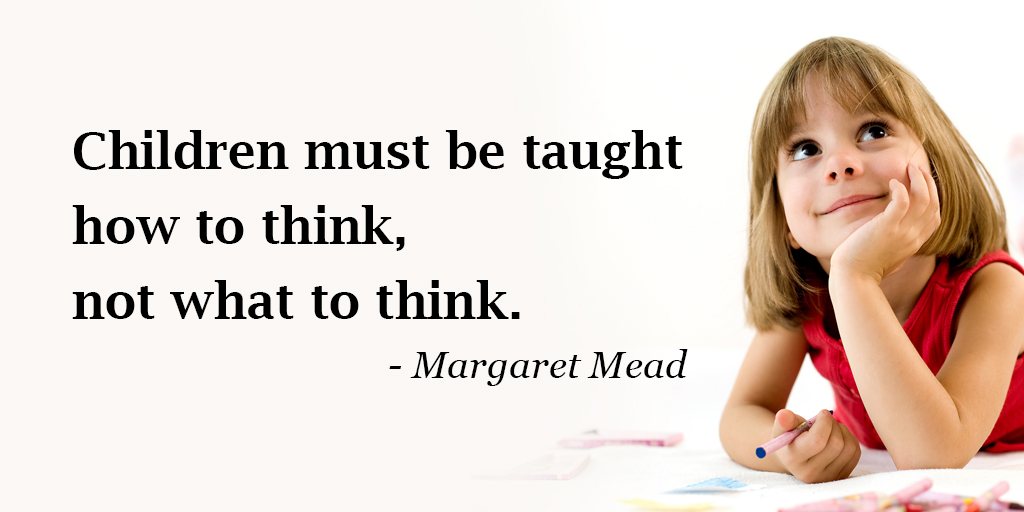 This practice is primarily aimed at manifesting itself. They may also fall asleep.
This practice is primarily aimed at manifesting itself. They may also fall asleep.
Meditation for Children: Frequently Asked Questions
At what age should you start meditating?
You can start mindfulness meditation or short, informal meditation sessions with your children at any time. As a general rule, seated meditations are best for children six years of age and older.
How do you meditate as a family?
Here is a quick family meditation: Find a quiet place. Sit on the floor and assume a comfortable, mindful posture. Straighten your back and close your eyes slightly. Set a timer for two to five minutes. Focus on taking a deep breath: Inhale... and exhale... Inhale... and exhale... Inhale... and exhale... until the timer runs out. Breathing exercises are the best way to introduce children to meditation - they give them the opportunity to focus and concentrate.
Does meditation help in studies?
Yes. Meditation has been proven to help children focus better and be less distracted. It helps to improve attention during classes and while studying. Meditation can also improve memory and provide mental and physical support to children as they learn. You can even teach your kids to meditate during their lunch break or before exams and tests at school.
Meditation has been proven to help children focus better and be less distracted. It helps to improve attention during classes and while studying. Meditation can also improve memory and provide mental and physical support to children as they learn. You can even teach your kids to meditate during their lunch break or before exams and tests at school.
Can babies meditate?
While you probably won't be able to get your little one to sit up during a full meditation, you can work on focus together. Try focusing on one object (like a ball) for 30 seconds. Look at it with your child and describe everything about it (color, shape, size, texture, smell...). This is a great mindfulness meditation for toddlers.
What tools, applications and other methods can be useful for children?
Meditation is not the only holy grail for helping children deal with the stresses of the world - there are a whole range of ways to become more mindful and relax. Yoga, painting, singing, pottery, and being in nature (such as forest bathing or swimming) are fantastic tools to support child development.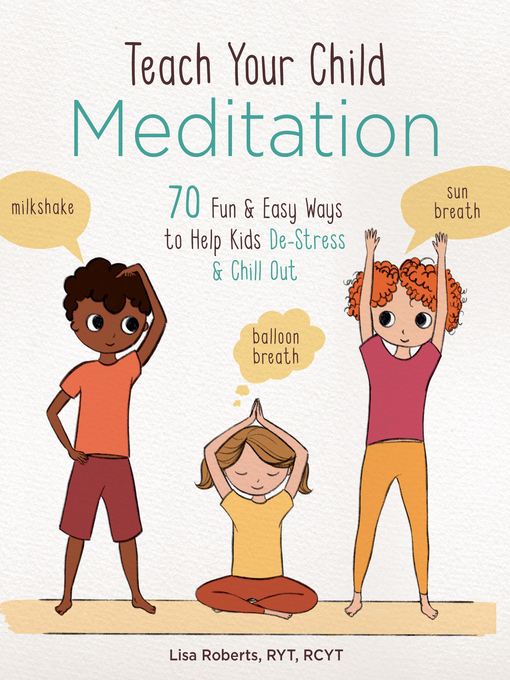
For apps, check out meditation apps like Headspace, which offers a library of mind-guided programs and meditations with fun illustrations that young children might find interesting.
Resources for Anaachan Meditation
Meditation Vika
Meditation for chakras
Meditation Techniques
Meditation of Body Scan
Managed Axiety 9000 9000
Up to 30% of young people will suffer from anxiety disorders
Anxiety and depression in children: Find out the facts | CDC
The impact of 15 minutes of meditation compared to one day of vacation
Meditation for children: 3 exercises for each day
Listen to your body For parents
Teaching children meditation techniques increases mindfulness, develops self-control and empathy. Meditation helps with stress, hyperactivity and depression in schoolchildren and improves academic performance in the sciences.
It is generally accepted that meditation requires special adult self-discipline and concentration.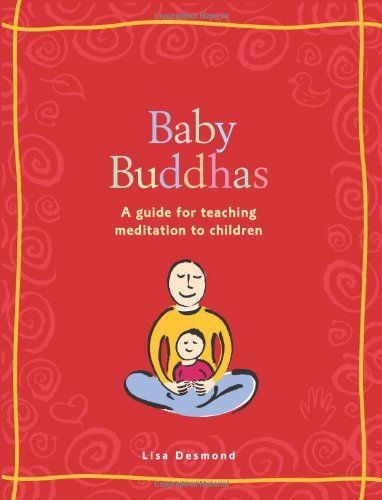 In fact, this technique can be used at any age. The main thing is to choose the right exercises. Three ways to get started with kids.
In fact, this technique can be used at any age. The main thing is to choose the right exercises. Three ways to get started with kids.
1. Balloon
This is a simple deep breathing exercise with a strong visual component. Performed sitting or standing.
Exercise
- Relax and inhale and exhale deeply through your nose.
- Take a slow, deep breath and try to fill your belly with air, as if you were trying to inflate a big balloon. Try to inflate your belly as much as you can.
- Slowly release the air from the balloon, exhaling through the nose.
Remind the child to relax the whole body with each exhalation, each time the air slowly leaves the balloon. At the same time, try to make a quiet “shhhh” so that the exhalation is slow. Continue for a few minutes.
For restless preschoolers, a more dynamic version with your participation is suitable.
Exercise
- Close your eyes and imagine your favorite color and then a huge ball of that color in your mind.
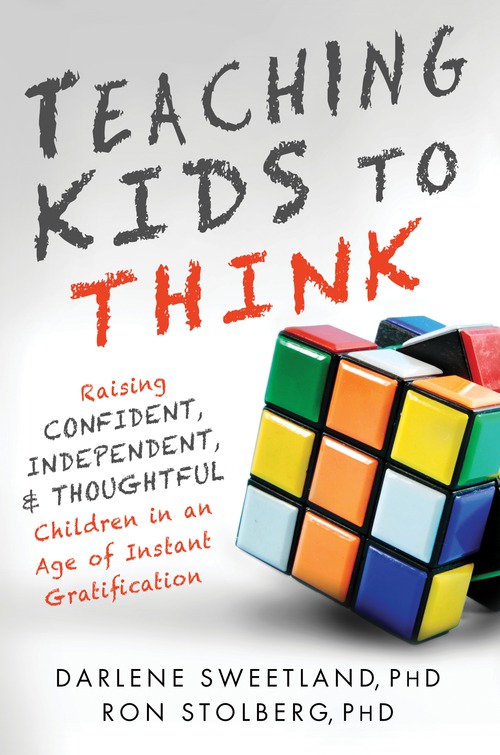
- Inhale slowly and deeply through your nose, inflating a large ball of your favorite color with your belly. Spread your arms out to the sides and above your head, imagining how this ball grows inside the abdomen.
- When the balloon is full of air, hold your breath.
- Now I will burst your balloon (press your finger to the child's stomach), and you exhale sharply and fall to the floor.
2. Follow the Leader
More suitable for children over five years old. Ask your child to introduce a friend, sibling, or someone they enjoy spending time with. Then ask which of them is the leader and comes up with games. If your child sees himself as a leader, ask him to imagine that he is "breath". If he prefers to follow the leader, he is a "thought". For example, he chose his older brother as his best friend, and then the older brother is the leader.
Exercise
- Sit back and close your eyes.
- Focus on your breathing and try to breathe more slowly, taking deep breaths and slow exhalations.
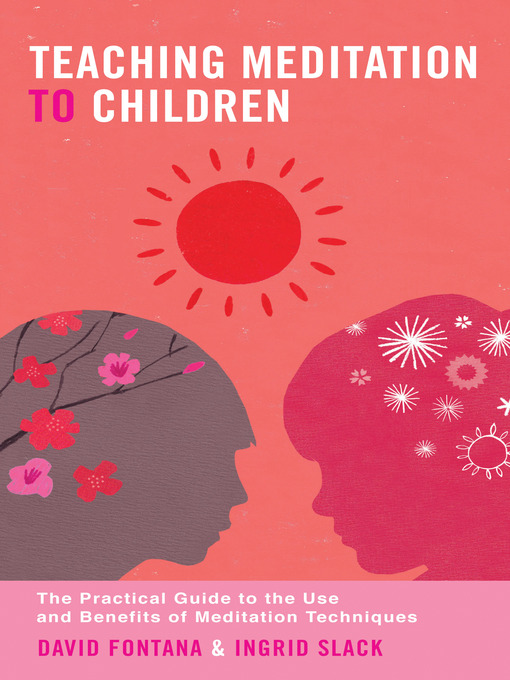
- Let your thoughts follow your breath. Imagine that you are a thought, and your breath is your big brother.
- Count how many seconds your exhalation lasts. Don't let your thoughts run ahead. She will try to do this, but try to make her follow the breath.
- Before exhaling, slowly count to ten.
3. Universal relaxation technique
This practice is suitable for both children and adults. She solves problems with sleep, a long period of stress or illness, liberates before public speaking. It is based on a progressive muscle relaxation technique developed by psychotherapist Edmund Jacobson in the 1920s for anxious patients.
Exercise
- Get into a comfortable sitting or lying position and close your eyes. You can lie down on a pillow and cover yourself with a blanket.
- Take a few deep breaths in and out.
- Direct your attention to the right foot. Squeeze it very, very hard, tucking all five fingers inward.
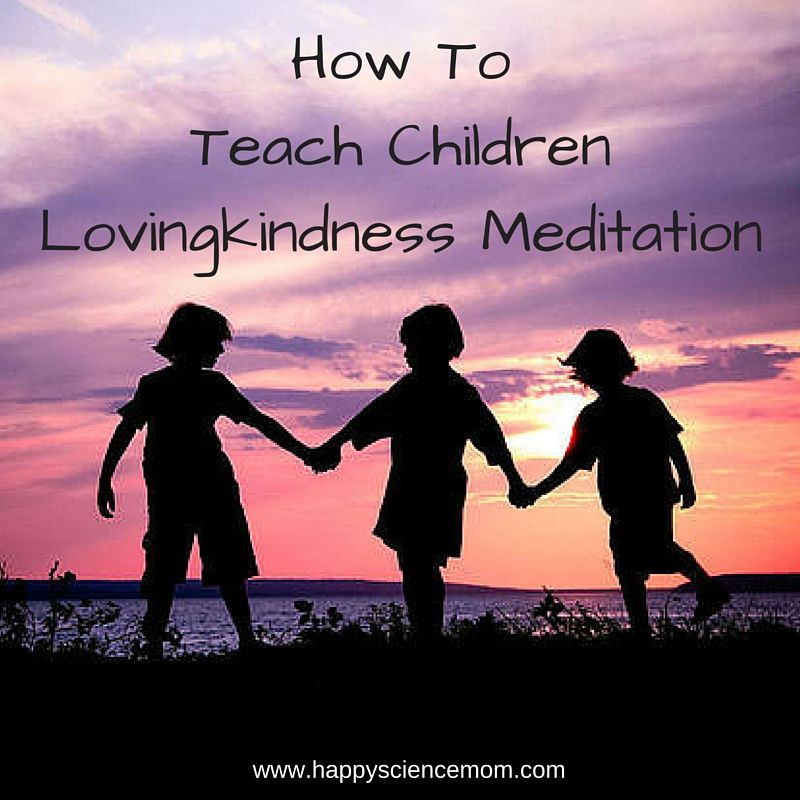 Hold it in this position for two deep breaths.
Hold it in this position for two deep breaths. - Sharply relax your foot and feel how the tension dissolves. You may feel a slight tingling in your muscles.
- Shift your attention to the left foot (the “tension-relaxation” cycle is repeated).
- Slowly move along the whole body, continuing to squeeze and unclench the muscles (if this is difficult, you can squeeze or massage them with your hand) and breathe deeply. Here is an approximate sequence: right foot - left foot; right shin - left shin; right knee - left knee; right thigh - left thigh; feet and legs along the entire length; hips; buttocks; stomach; the whole body below the belt; rib cage; right hand - left hand; right palm - left palm; shoulders; neck; face.
Text: Xenia Diakova-Tinoku Photo source: Getty Images
New on the site
Communication without irritation: 5 rules for communicating with elderly parents
Bright, kind, light: 13 books that will help you gain faith in people
« My husband did not stand up for me in front of the chairman of the HOA, and he does not consider himself guilty.